May 14, 2020
By Cindy Matheus, FIU Humanities Edge marketing + PR intern
The Wolfsonian's stairwell has one of those unexplainable smells, like that pleasant scent you only notice when you re-enter your childhood home after a long absence; it's nostalgic, familiar, and comforting. I'll miss the daily ritual of ascending the steps each morning with a coffee in hand, passing by artworks woven into the very fabric of the building, sometimes in the most surprising places (the bathrooms!). As my two-semester internship draws to a close, I've been thinking a lot about what these past 8 months with the museum have meant for me—personally, professionally, artistically—and how they could potentially shape my future. One word floats up in my mind again and again: perspective.
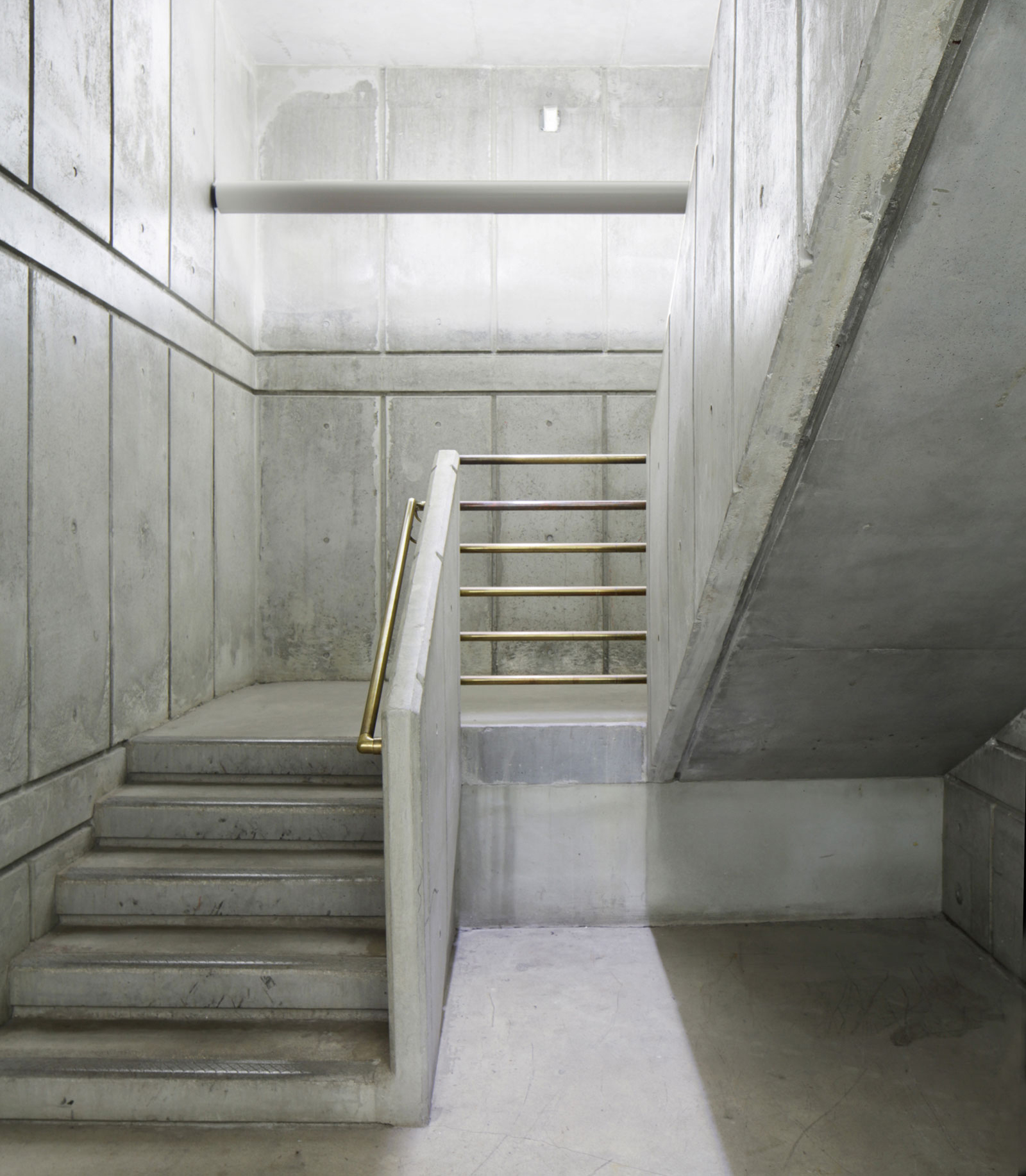
Art is the epicenter of my interests, from psychology and humanities to strategic communication and creative production. For the past six years, I've worked in art galleries, museums, and non-profit organizations throughout Miami, navigating different positions—student assistant, gallery attendant, intern, and docent—to gain as much experience as possible. While internships are highly valued by employers, finding an organization that provides paid opportunities and a well-structured program suited to my major is difficult. Luckily, I was able to find all of components through The Humanities Edge at FIU, which for the first time this year opened up a position working with The Wolfsonian's communications department.
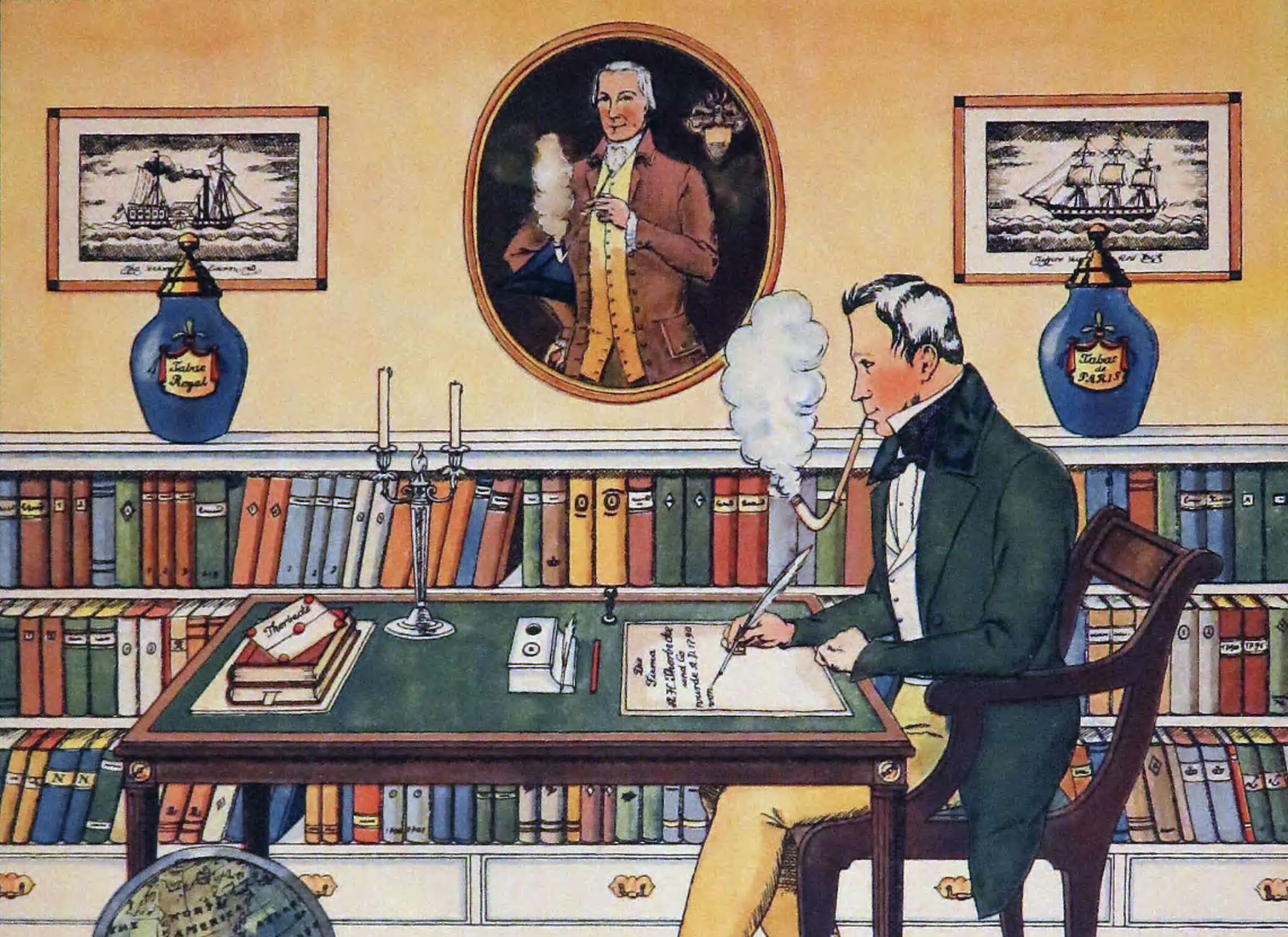
As part of the marketing and PR team, I pitched to media, wrote blog posts, crafted social media campaigns, and prepared website and eblast content. I'm an English major pursuing a concentration in creative writing, so I knew my editorial background played a role in landing me the job, but I was surprised to find that adapting my writing voice and style for these tasks came close to learning a new language.
I arrived with all the building blocks in hand, but every day I learned new nuances of strategy: how form, tone, and structure could totally change meaning or effect, how subtle techniques can draw in a targeted audience or help the institution reach a specific goal. Words aside, even an accompanying image had the potential to completely refocus the impact or intent of a message; it was new to me to consider all of the elements together as a package. Unlike in creative writing—where there's a very personal connection between only two forces, the author and the reader—every piece of museum communication must consider the audience, institution, collection, and stakeholders (perhaps the director, founder, donors, partners, civic leaders, or artists). Obviously, it gets complicated fast.
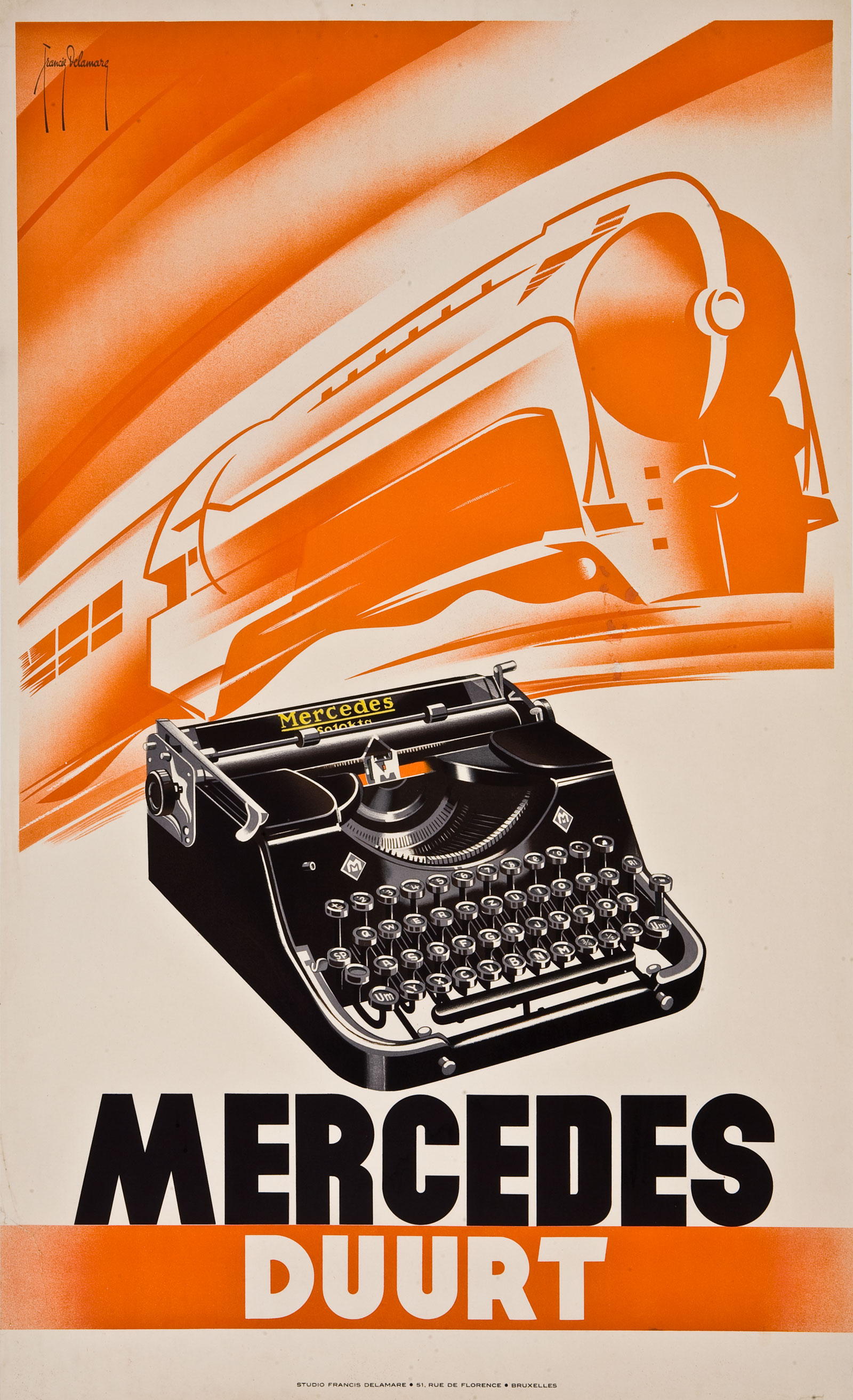
It wasn't unusual for my drafts to go through multiple rounds of revisions incorporating feedback from a wide variety of colleagues, something I'm thankfully used to from my FIU writing classes. As rewarding as that learning process was, it was clearly applied to more of us than just the interns; all of my Wolfsonian colleagues' work went through those same levels of scrutiny, no matter their seniority, and every staff member seemed committed to honing their craft and evolving their skills. Through a Miami Emerging Museum Professionals scholarship, I attended Americans for the Arts' National Arts Marketing Project Conference right alongside my supervisor, and we took the very same LinkedIn Learning professional development courses, debriefing later on our opinions about the best session or sharing a former Wall Street Journal editor's most useful tips.
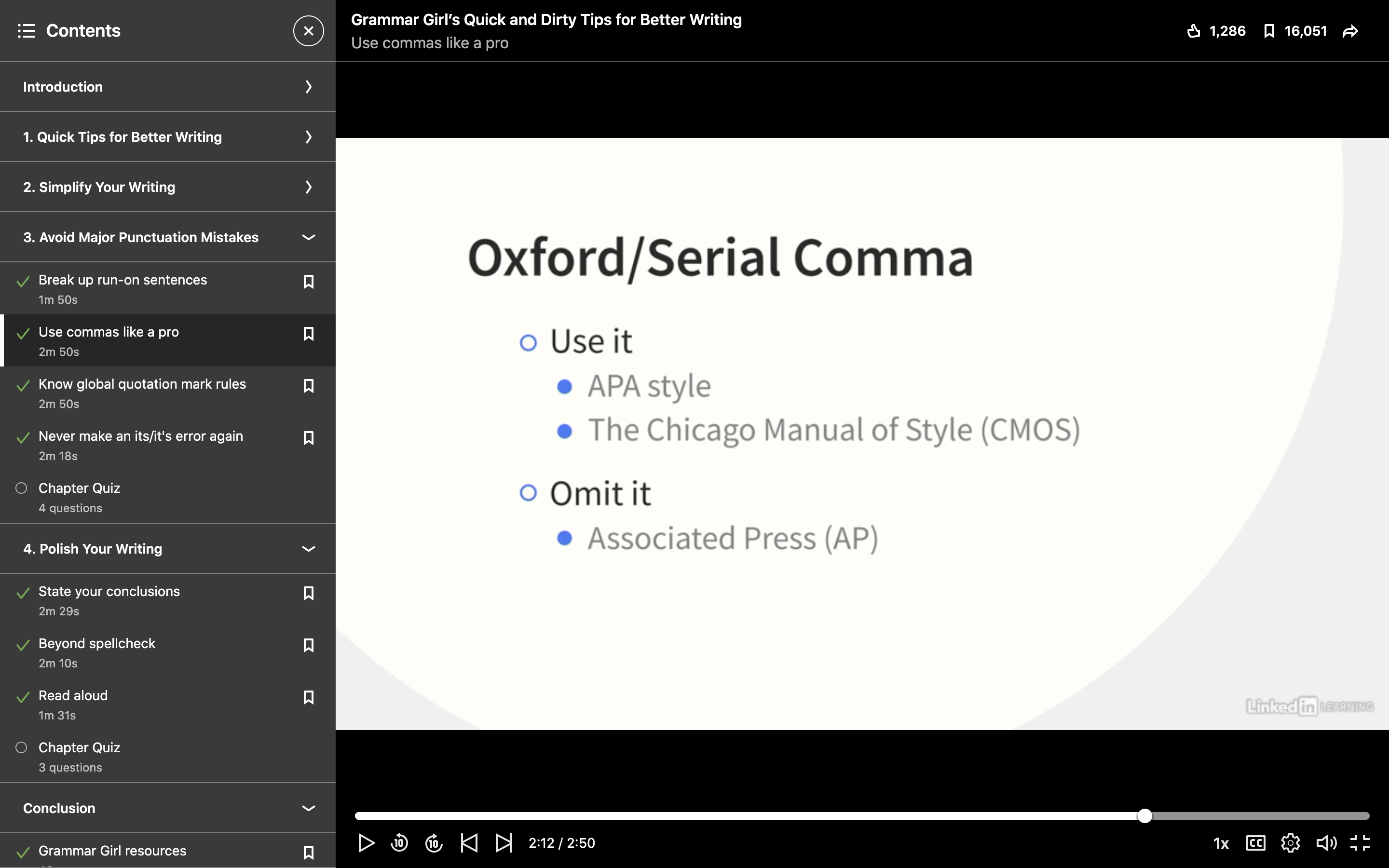
It was challenging to generate witty and entertaining content that remained educational, impactful, and thoughtful, especially on deadline; however, my ambition to be a versatile writer drove me into this uncharted territory. Writing can't just be beautiful, in marketing; it has to be purposeful and effective. Is that the right length? The right word? Can we say the same thing, but punchier? Is that point necessary? To quote Jack Kerourac, "It ain't only whatcha write, it's also the way atcha write it."
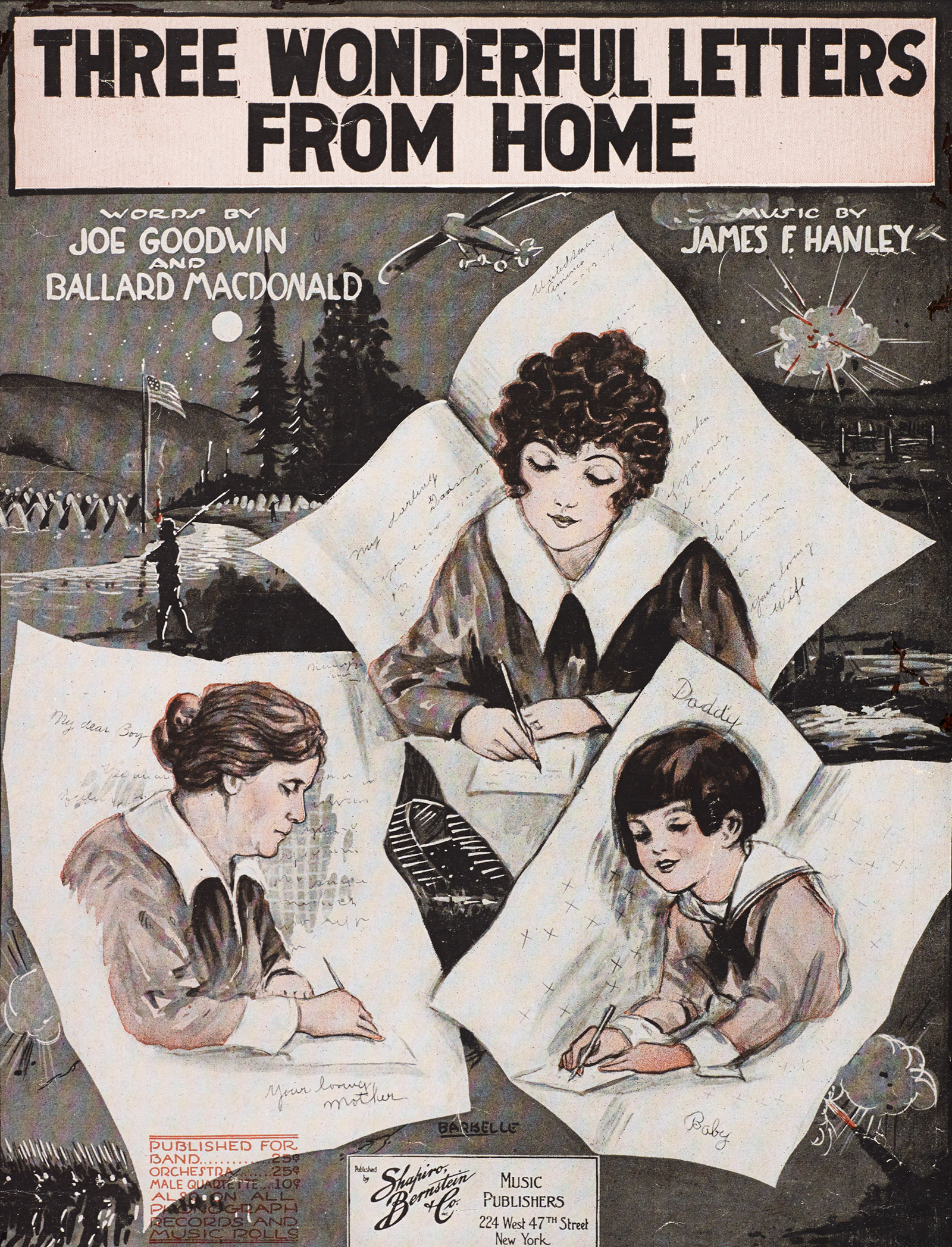
There were many surprises over the course of my internship. I didn't expect to actively participate in strategy discussions, dissect the contents of museum annual reports, sit in on teen zine-making with the education manager, role-play as a visitor in promotional photos, or assist at an event headlined by Martha Stewart. In possibly my favorite assignment, I was charged with collecting institutional stories—the forgotten or overlooked successes, wild adventures, and behind-the-scenes dramas that could be better leveraged in marketing or development. I interviewed staff about their memories, careers, and experiences, some overflowing with anecdotes after decades working for the institution. The collection's importance and many facets were topics frequently discussed, along with object acquisition backstories, tales of whirlwind courier trips, and even ghost stories (yep, the building is haunted). Listening to staff recount their first day in the Wolfsonian building or their favorite object's history, I realized these are narratives I'll carry for the rest of my life.
After a full academic year with the team, I'm struck by how the inner workings of a museum feel a lot like bustling streets. Even on the days when the museum was closed to the public and the galleries were quiet, the offices vibrated with collaborative ideas and action. It wasn't rare for two or three people to be in the communications office at once discussing programming possibilities, batting around ideas, or getting a new take. Often I was asked to weigh in with my feedback, which a few times resulted in the project switching gears based on my advice.
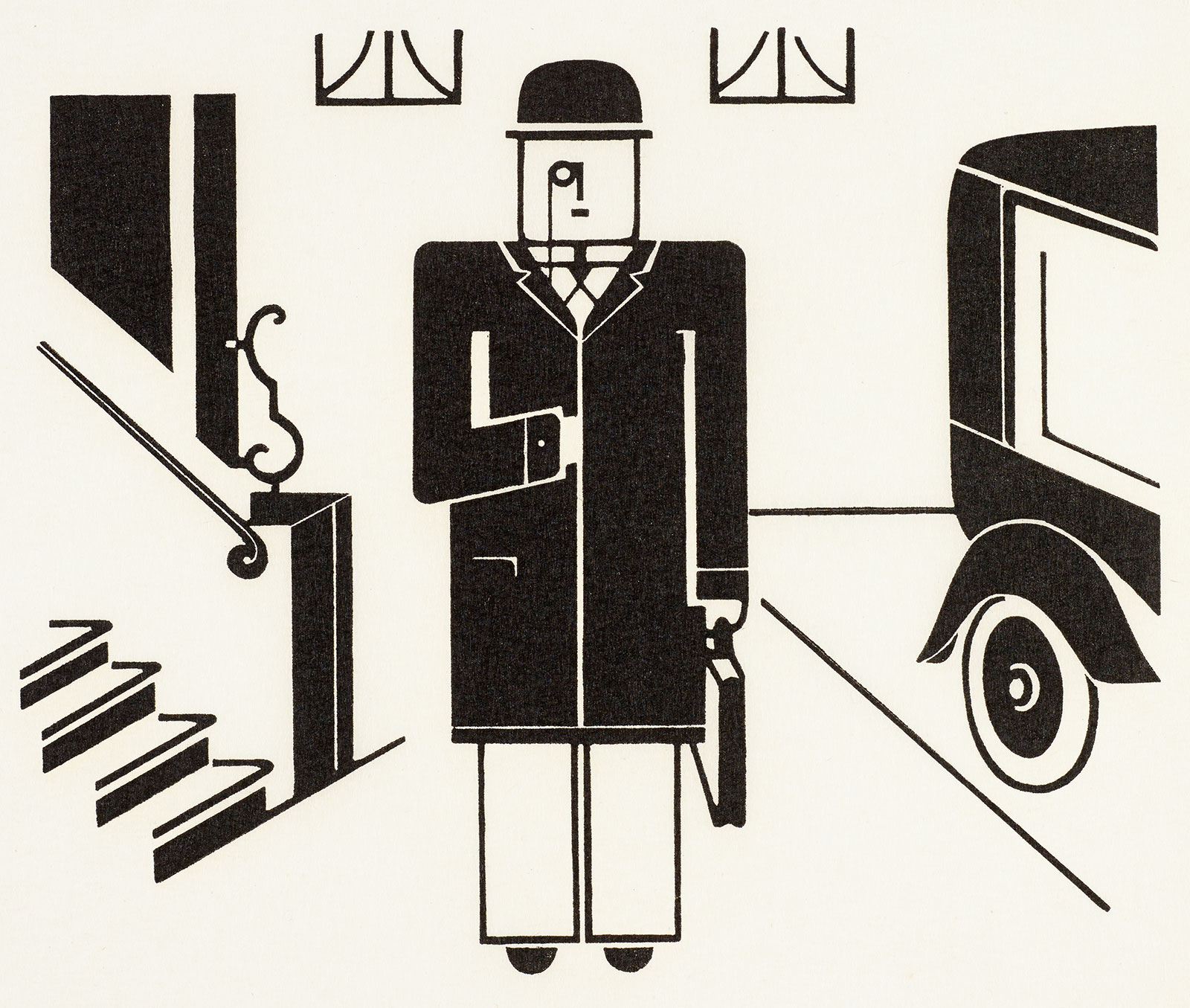
I used to look at objects with nothing more than an appreciation for their functional purpose; they were simply things that filled my house. However, my perspective broadened to perceive the ordinary differently. Using a French press over a cafetera isn't based merely on time or convenience, but a choice evocative of underlying societal preference, cultural custom, availability of materials, and comfort with technology. I've developed new awareness of the spaces I inhabit and how they influence me, whether I'm sitting in my living room or looking up at a building's architectural design. How much do I frame them, and they frame me?
The Wolfsonian collection invites visitors to reflect on where they've been, how far they've come, and how far they can go, considering objects as products of both the individual and the collective. As I leave the team and enter the final stages of my undergraduate life, I take with me a stronger confidence in the power of my pen. Through words, I can persuade, inspire, and create emotion, all tactics that will serve me well in any career direction I choose.
I get to pass along insights to the next cohort of interns, too; The Wolfsonian is now gathering takeaways from all their student "alums" to improve the program, which gives me a direct hand in composing that next chapter. I can't wait to read, and help write, what comes next.
